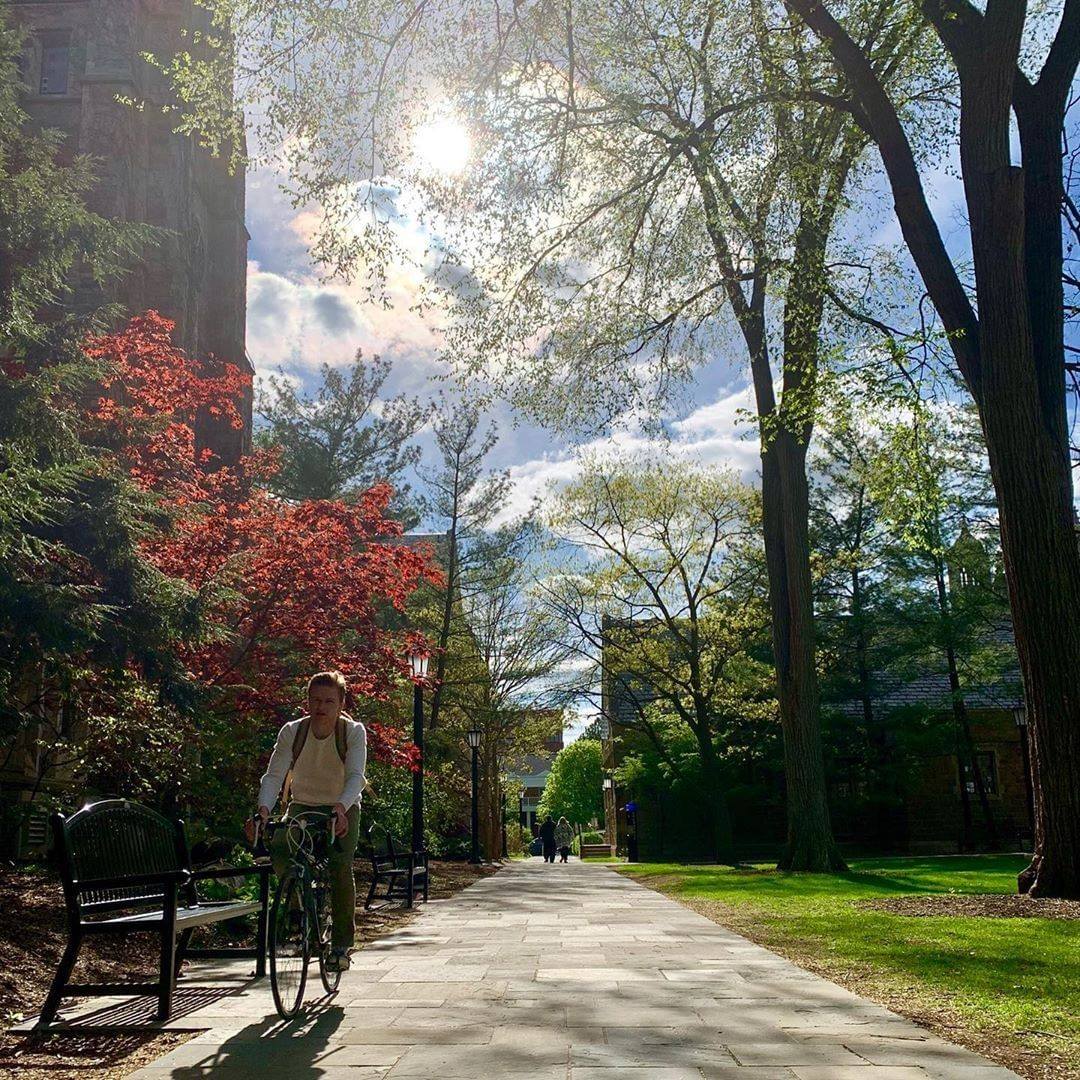§ 2701.1 Scope. The provisions of this chapter and NFPA 70 shall govern the design, construction, erection and installation of electrical components, appliances, equipment and systems used in buildings and structures covered by this code. The International Fire Code, the International Property Maintenance Code and NFPA 70 shall shover the use and maintenance of electrical components, appliances, equipment and systems. The International Existing Building Code and NFPA 70 shall govern the alteration, repair, relocation, replacement and addition of electrical components, appliances, or equipment and systems.
International Building Code: Chapter 27 Electrical
- Home Page 130

Physical Security of Water Utilities
Many school districts, colleges and universities are affected by annual spring flooding in the Central United States; seasonal inspiration for revisiting the technical and management codes and standards to avoid and/or mitigate water damages that may be originate with host municipality water supply and control authorities.
The standards developed by the American Society of Civil Engineers (ASCE) and its affiliate institute — Environmental Water Resource Institute (EWRI) — should appear in the design guidelines given to professional services firms retained by the facility construction, operations and maintenance workgroups. We encourage our colleagues in these units to update their design guidelines with the latest versions of the documents linked below:
ASCE/EWRI 56: Guidelines for the Physical Security of Water Utilities. These water utility guidelines recommend physical and electronic security measures for physical protection systems to protect against identified adversaries, referred to as the design basis threats (DBTs), with specified motivation, tools, equipment, and weapons.
ASCE/EWRI 57: Guidelines for the Physical Security of Wastewater/Stormwater Utilities. These wastewater/stormwater utilities guidelines recommend physical and electronic security measures for physical protection systems to protect against identified adversaries, referred to as the design basis threats (DBTs), with specified motivation, tools, equipment, and weapons. Additional requirements and security equipment may be necessary to defend against threats with greater capabilities.
Note that these documents are “paired” for the obvious reason that potable water systems must be separate from all other water systems.
No redlines that are in the upper tier of our priority rankings are open for public comment at this time; though there are two that might interest building contractors:
Standards currently accepting Public Comments include:
Public Comment for ASCE-SEI 24 Flood Resistant Design and Construction (Comment Deadline 9/26/24)
Public Comment for ASCE/SEI 32-01 Design and Construction of Frost-Protected Shallow Foundations (Comment Deadline 8/05/2024
Public Comment on ASCE 7-22 Supplement for Chapter 5 (Comment Deadline 1-15-2023)
Public Comment on ASCE 7-22 Supplement for Referenced Standards (Comment Deadline 1-15-2023)
We encourage direct engagement by education industry leaders, their engineering consultants, or municipal water management experts to participate in the development of these standards through the ASCE standards portal:
ASCE Standards Public Comment Page
You will need to set up an access account. You may also communicate directly with the American Society of Civil Engineers, 1801 Alexander Bell Dr., Reston, VA 20191. Contact: James Neckel (jneckel@asce.org).
We keep water-related ASCE titles on the standing agenda of our Water colloquium. See our CALENDAR for the next teleconference; open to everyone.
Issue: [18-52]
Category: Civil Engineering, Water, #SmartCampus
Colleagues: Jack Janveja, Richard Robben, Steve Snyder, Larry Spielvogel
LEARN MORE:
Student Health and Wellness Center
The Center provides comprehensive healthcare services to students. Located on the Logan campus, the clinic offers a range of medical services including general health check-ups, vaccinations, mental health support, and chronic disease management. Staffed by experienced physicians, nurse practitioners, and support staff, the clinic aims to address both physical and mental health needs. Students can access acute care for illnesses and injuries, preventive care, women’s health services, and counseling.
The clinic also provides lab services, prescriptions, and referrals to specialists when needed. With a focus on promoting wellness and healthy lifestyles, the USU Student Health Clinic ensures that students receive quality care in a supportive environment, contributing to their overall well-being and academic success. The clinic operates on an appointment basis, with some walk-in availability, and is committed to maintaining confidentiality and respect for all students.
Abiit sed non oblita | Margaret Wise Brown
This content is accessible to paid subscribers. To view it please enter your password below or send mike@standardsmichigan.com a request for subscription details.
Guidance for Grants and Agreements
This content is accessible to paid subscribers. To view it please enter your password below or send mike@standardsmichigan.com a request for subscription details.
Abiit sed non oblitus | Joseph P. Overton
This content is accessible to paid subscribers. To view it please enter your password below or send mike@standardsmichigan.com a request for subscription details.
Can Voters Detect Malicious Manipulation of Ballot Marking Devices?
Can Voters Detect Malicious Manipulation of Ballot Marking Devices?
Matthew Bernhard, et. al
University of Michigan
Abstract: Ballot marking devices (BMDs) allow voters to select candidates on a computer kiosk, which prints a paper ballot that the voter can review before inserting it into a scanner to be tabulated. Unlike paperless voting machines, BMDs provide voters an opportunity to verify an auditable physical record of their choices, and a growing number of U.S. jurisdictions are adopting them for all voters. However, the security of BMDs depends on how reliably voters notice and correct any adversarially induced errors on their printed ballots. In order to measure voters’ error detection abilities, we conducted a large study (N = 241) in a realistic polling place setting using real voting machines that we modified to introduce an error into each printout. Without intervention, only 40% of participants reviewed their printed ballots at all, and only 6.6% told a poll worker something was wrong. We also find that carefully designed interventions can improve verification performance. Verbally instructing voters to review the printouts and providing a written slate of candidates for whom to vote both significantly increased review and reporting rates-although the improvements may not be large enough to provide strong security in close elections, especially when BMDs are used by all voters. Based on these findings, we make several evidence-based recommendations to help better defend BMD-based elections.
IEEE provides this article for public use without charge.
Solidity
Solidity is a high-level, statically-typed programming language used for developing smart contracts on the Ethereum blockchain. Smart contracts are self-executing contracts with the terms of the agreement between buyer and seller written directly into lines of code. Solidity was specifically designed for the Ethereum platform, and it is the most widely used language for creating Ethereum-based smart contracts.
The code below shows how delegated voting can be done so that vote counting is automatic and completely transparent at the same time.
/// @title Voting with delegation.
contract Ballot {
// This declares a new complex type which will
// be used for variables later.
// It will represent a single voter.
struct Voter {
uint weight; // weight is accumulated by delegation
bool voted; // if true, that person already voted
address delegate; // person delegated to
uint vote; // index of the voted proposal
}
// This is a type for a single proposal.
struct Proposal {
bytes32 name; // short name (up to 32 bytes)
uint voteCount; // number of accumulated votes
}
address public chairperson;
// This declares a state variable that
// stores a `Voter` struct for each possible address.
mapping(address => Voter) public voters;
// A dynamically-sized array of `Proposal` structs.
Proposal[] public proposals;
/// Create a new ballot to choose one of `proposalNames`.
constructor(bytes32[] memory proposalNames) {
chairperson = msg.sender;
voters[chairperson].weight = 1;
// For each of the provided proposal names,
// create a new proposal object and add it
// to the end of the array.
for (uint i = 0; i < proposalNames.length; i++) {
// `Proposal({...})` creates a temporary
// Proposal object and `proposals.push(...)`
// appends it to the end of `proposals`.
proposals.push(Proposal({
name: proposalNames[i],
voteCount: 0
}));
}
}
// Give `voter` the right to vote on this ballot.
// May only be called by `chairperson`.
function giveRightToVote(address voter) public {
// If the first argument of `require` evaluates
// to `false`, execution terminates and all
// changes to the state and to Ether balances
// are reverted.
// This used to consume all gas in old EVM versions, but
// not anymore.
// It is often a good idea to use `require` to check if
// functions are called correctly.
// As a second argument, you can also provide an
// explanation about what went wrong.
require(
msg.sender == chairperson,
"Only chairperson can give right to vote."
);
require(
!voters[voter].voted,
"The voter already voted."
);
require(voters[voter].weight == 0);
voters[voter].weight = 1;
}
/// Delegate your vote to the voter `to`.
function delegate(address to) public {
// assigns reference
Voter storage sender = voters[msg.sender];
require(!sender.voted, "You already voted.");
require(to != msg.sender, "Self-delegation is disallowed.");
// Forward the delegation as long as
// `to` also delegated.
// In general, such loops are very dangerous,
// because if they run too long, they might
// need more gas than is available in a block.
// In this case, the delegation will not be executed,
// but in other situations, such loops might
// cause a contract to get "stuck" completely.
while (voters[to].delegate != address(0)) {
to = voters[to].delegate;
// We found a loop in the delegation, not allowed.
require(to != msg.sender, "Found loop in delegation.");
}
// Since `sender` is a reference, this
// modifies `voters[msg.sender].voted`
sender.voted = true;
sender.delegate = to;
Voter storage delegate_ = voters[to];
if (delegate_.voted) {
// If the delegate already voted,
// directly add to the number of votes
proposals[delegate_.vote].voteCount += sender.weight;
} else {
// If the delegate did not vote yet,
// add to her weight.
delegate_.weight += sender.weight;
}
}
/// Give your vote (including votes delegated to you)
/// to proposal `proposals[proposal].name`.
function vote(uint proposal) public {
Voter storage sender = voters[msg.sender];
require(sender.weight != 0, "Has no right to vote");
require(!sender.voted, "Already voted.");
sender.voted = true;
sender.vote = proposal;
// If `proposal` is out of the range of the array,
// this will throw automatically and revert all
// changes.
proposals[proposal].voteCount += sender.weight;
}
/// @dev Computes the winning proposal taking all
/// previous votes into account.
function winningProposal() public view
returns (uint winningProposal_)
{
uint winningVoteCount = 0;
for (uint p = 0; p < proposals.length; p++) {
if (proposals[p].voteCount > winningVoteCount) {
winningVoteCount = proposals[p].voteCount;
winningProposal_ = p;
}
}
}
// Calls winningProposal() function to get the index
// of the winner contained in the proposals array and then
// returns the name of the winner
function winnerName() public view
returns (bytes32 winnerName_)
{
winnerName_ = proposals[winningProposal()].name;
}
}
New update alert! The 2022 update to the Trademark Assignment Dataset is now available online. Find 1.29 million trademark assignments, involving 2.28 million unique trademark properties issued by the USPTO between March 1952 and January 2023: https://t.co/njrDAbSpwB pic.twitter.com/GkAXrHoQ9T
— USPTO (@uspto) July 13, 2023
Standards Michigan Group, LLC
2723 South State Street | Suite 150
Ann Arbor, MI 48104 USA
888-746-3670























